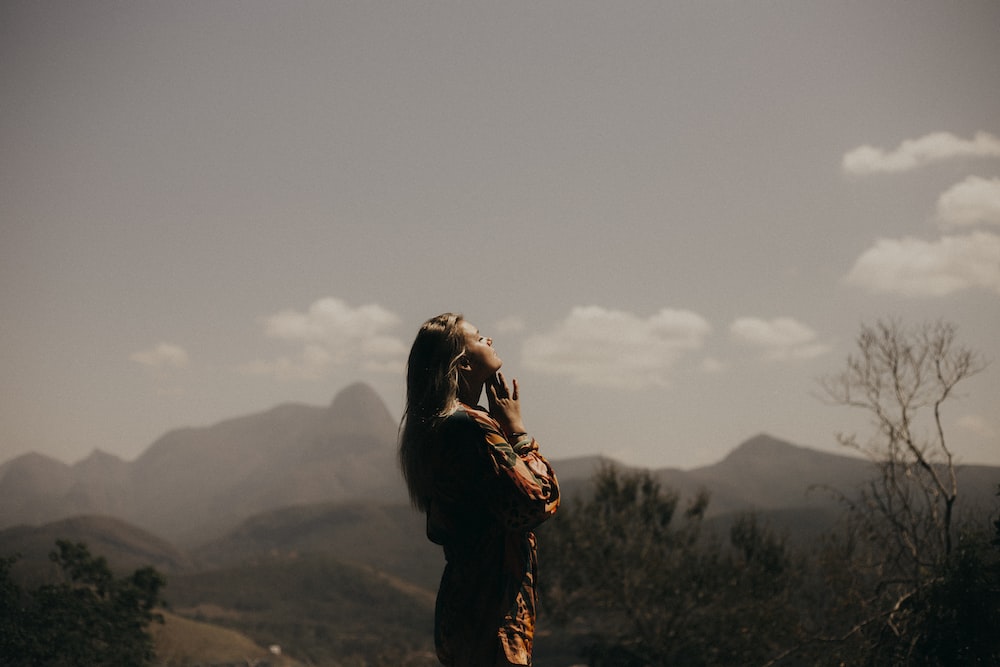
Clear kayaking offers a unique and immersive way to connect with nature, particularly when it comes to wildlife observation. In this article, we explore the profound intersection of clear kayaking and wildlife conservation. By examining the environmental impact of traditional kayaking, the advantages of clear kayaking for wildlife observation, the role it plays in promoting education and responsible practices, and the significance of collaboration in conservation efforts, we uncover how this activity can contribute to the preservation of our precious natural ecosystems.
The Environmental Impact of Traditional Kayaking
Traditional kayaking, while enjoyable, can have unintended negative consequences for wildlife. The noise generated by kayaks, especially in densely populated areas, can disrupt the natural soundscape and disturb wildlife, impacting their communication and behavior. Additionally, kayaks can cause physical damage to sensitive habitats, such as seagrass beds and coral reefs, through accidental contact or anchor use. It is crucial to explore alternative approaches that minimize disturbances to these ecosystems while still allowing for meaningful interactions with wildlife.
The Advantages of Clear Kayaking for Wildlife Observation:
Clear kayaking provides an ideal solution for observing wildlife in their natural habitats without causing undue harm or disturbance. The transparency of clear kayaks allows paddlers to witness the underwater world and wildlife behavior with minimal interference. As the paddler glides silently through the water, the absence of noise pollution minimizes disturbances to wildlife, enabling them to carry on with their natural activities. The quiet maneuverability of clear kayaks ensures a non-intrusive approach, granting paddlers the opportunity to have a more intimate and respectful wildlife encounter. By maintaining a safe distance and adopting a passive role, paddlers can observe and appreciate wildlife without causing stress or disruption.
Promoting Wildlife Conservation Through Education
Clear kayaking experiences offer valuable educational opportunities to foster a deeper understanding of wildlife conservation. Knowledgeable guides can provide insights into local ecosystems, wildlife behavior, and the importance of preserving these natural habitats. These guides act as ambassadors, sharing their expertise and passion for wildlife conservation, and enabling participants to develop a profound connection with the natural world. By connecting participants to the beauty and vulnerability of these ecosystems, clear kayaking becomes a powerful tool for raising awareness and inspiring action to protect wildlife.
Clear kayaking tours often incorporate educational components that highlight the delicate balance of these ecosystems and the importance of conservation efforts. Guided tours may include discussions on topics such as marine biodiversity, the ecological significance of specific habitats, and the impacts of climate change on wildlife populations. These educational experiences not only increase participants’ knowledge but also foster a sense of responsibility and stewardship towards the environment.
Supporting Local Conservation Efforts
Clear kayaking tours and rentals can contribute to local conservation initiatives in several ways. Many clear kayak operators actively collaborate with conservation organizations, establishing partnerships to support wildlife preservation projects. These initiatives may include habitat restoration, wildlife monitoring programs, and public outreach campaigns. By participating in clear kayaking experiences, individuals directly contribute to the conservation efforts of the local communities they visit.
Conservation-focused clear kayak operators often allocate a portion of their profits to conservation organizations or engage in fundraising activities to support specific projects. This financial support enables organizations to carry out critical research, implement conservation measures, and conduct educational programs. Additionally, clear kayak operators can act as valuable ambassadors for conservation by sharing information about local wildlife, highlighting threats and conservation needs, and promoting sustainable practices to their customers.
Responsible Clear Kayaking Practices
Responsible clear kayaking practices are essential to minimize the impact on wildlife and their habitats. Guidelines for responsible clear kayaking include maintaining a safe distance from wildlife, avoiding disturbing nesting areas, and respecting protected habitats. Paddlers should adhere to designated routes and avoid venturing into sensitive areas, such as seagrass beds or coral reefs. Additionally, paddlers should avoid using anchors that could damage fragile habitats or disturb wildlife when dropped or retrieved. It is essential to be mindful of the local regulations and guidelines pertaining to wildlife interaction and habitat protection.
Clear kayak operators play a crucial role in promoting responsible practices among their customers. They can provide pre-tour briefings that emphasize the importance of respecting wildlife and ecosystems, sharing guidelines for wildlife observation, and offering tips on how to minimize the impact of kayaking activities. By fostering a culture of responsible clear kayaking, operators can ensure that participants leave with a deep appreciation for the environment and a commitment to preserving it.
Inspiring Environmental Stewardship
Clear kayaking experiences have the potential to inspire individuals to become environmental advocates and stewards of wildlife conservation. The intimate encounters with nature and the profound connection fostered through clear kayaking can ignite a passion for protecting the environment. By sharing personal stories and experiences, we can highlight the transformative power of clear kayaking and encourage readers to take action in their own communities.
Clear kayaking can be a catalyst for broader environmental consciousness. Paddlers who witness the delicate balance of ecosystems, the richness of biodiversity, and the impact of human activities on wildlife are more likely to support conservation efforts. They can engage in activities such as volunteering for local environmental organizations, participating in beach clean-ups, or advocating for the protection of natural areas. By sharing their experiences and knowledge gained from clear kayaking, they can inspire others to appreciate and protect our natural world.
Collaboration for Conservation
Effective wildlife conservation requires collaboration between clear kayak operators, conservation organizations, and local communities. By joining forces, these stakeholders can develop sustainable tourism practices that prioritize wildlife protection. Collaboration can also involve the implementation of environmental education initiatives, community engagement programs, and the establishment of protected areas. Through collective efforts, we can create a brighter future for both wildlife and responsible tourism.
Clear kayak operators can collaborate with conservation organizations to implement best practices, participate in scientific research, and share data on wildlife sightings or habitat observations. This collaboration can lead to improved management strategies, more informed conservation decisions, and increased public awareness about the importance of protecting natural habitats. Additionally, clear kayak operators can engage with local communities by supporting environmental education programs in schools, sponsoring community events, and involving community members in conservation efforts.
Conclusion
Clear kayaking and wildlife conservation are interconnected in a profound way. By embracing the transparency of clear kayaking, we can observe and appreciate wildlife while minimizing our impact on their natural habitats. Through education, responsible practices, collaboration, and community involvement, clear kayaking becomes a powerful tool for environmental awareness and action.
Let us embark on clear kayaking adventures with a commitment to wildlife conservation, supporting operators and organizations dedicated to preserving our natural world. Together, we can protect wildlife and ensure that future generations have the privilege of experiencing the beauty and wonder of nature firsthand. By embracing the transparency of clear kayaking and embracing our role as stewards of the environment, we can create a harmonious relationship between humans and wildlife, where nature’s transparency guides us towards a sustainable future.


